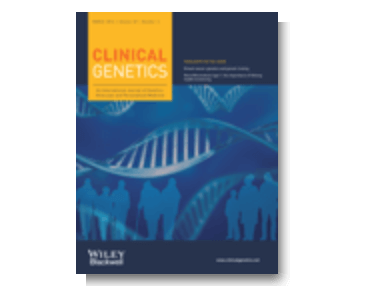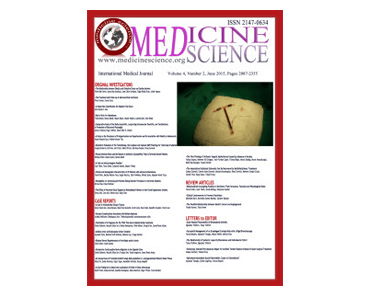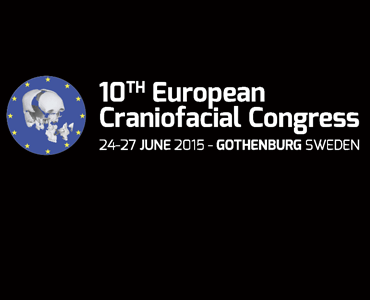Molecular genetic analysis in 14 czech kabuki syndrome patients is confirming the utility of phenotypic scoring. J Paděrová; A Holubová; M Simandlová; A Puchmajerová; M Vlčková; M Malíková; R Pourová; S Vejvalková; M Havlovicová; M Šenkeříková; N Ptáková; J Drábová; J Geryk; A Maver; A Křepelová; M Macek.
Date: February 2016. Source: Clinical Genetics. The International Journal of Genetics, Molecular, and Personalized Medicine. Abstract: Kabuki syndrome (KS) is a dominantly inherited disorder mainly due to de novo pathogenic variation in KMT2D or KDM6A genes. Initially, a representative cohort of 14 Czech cases with clinical features suggestive of KS was analyzed by experienced clinical…









